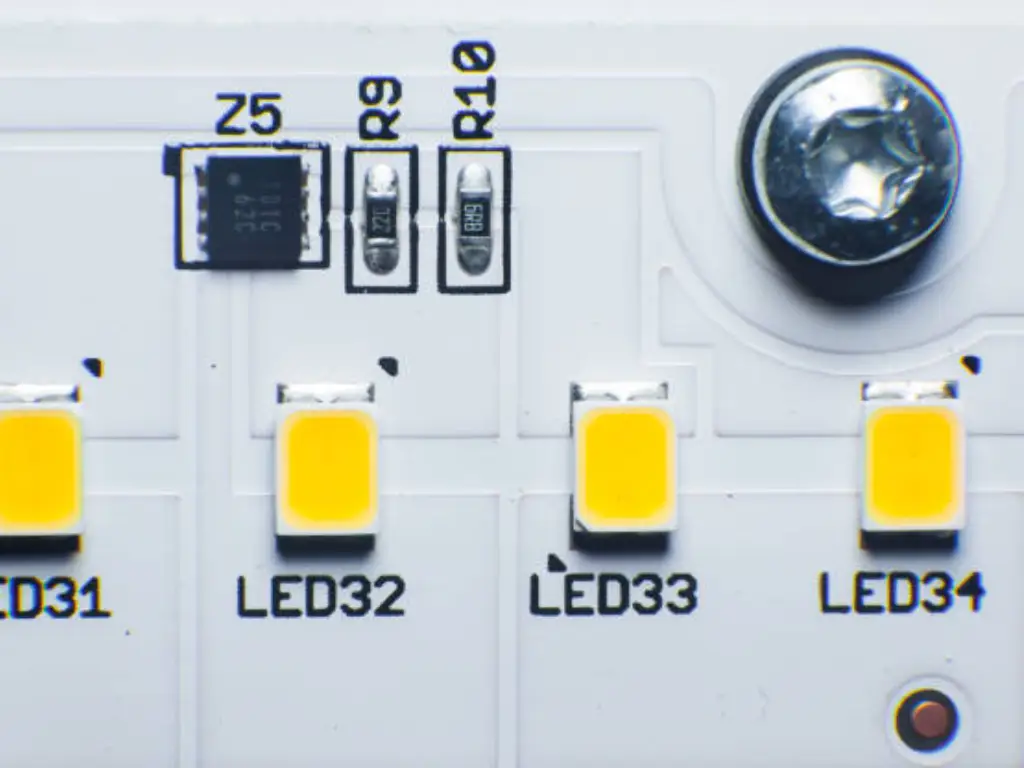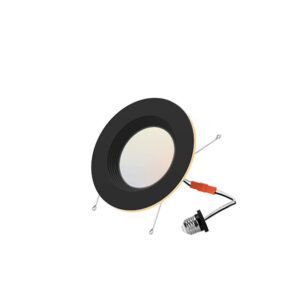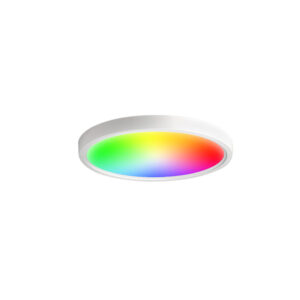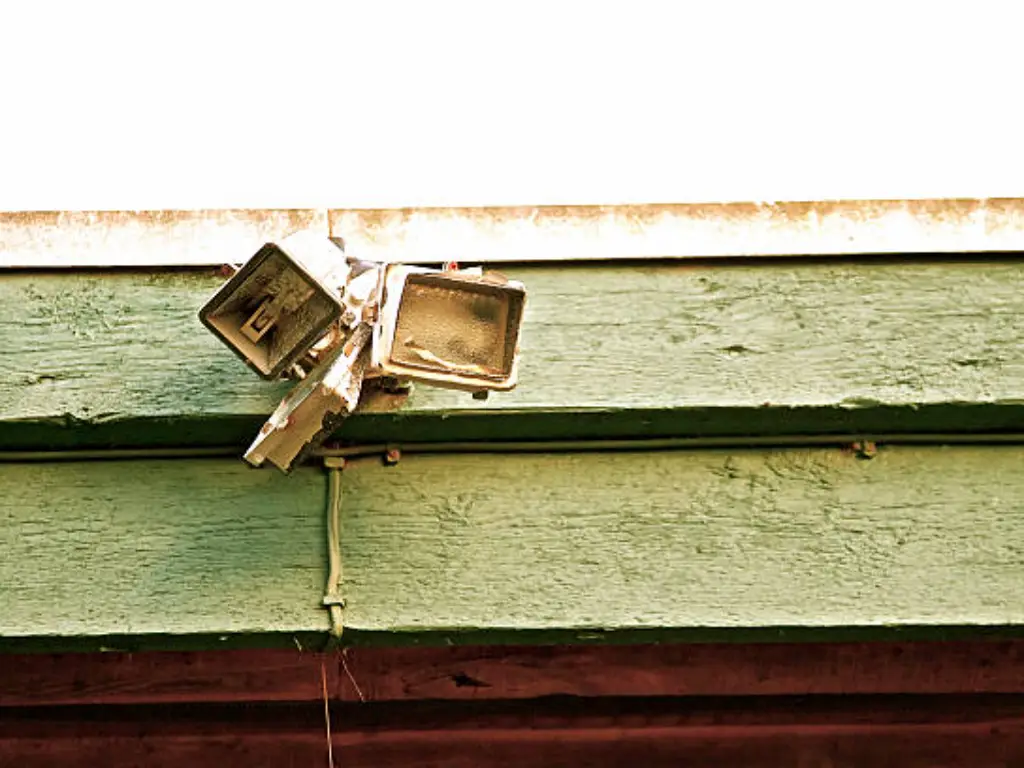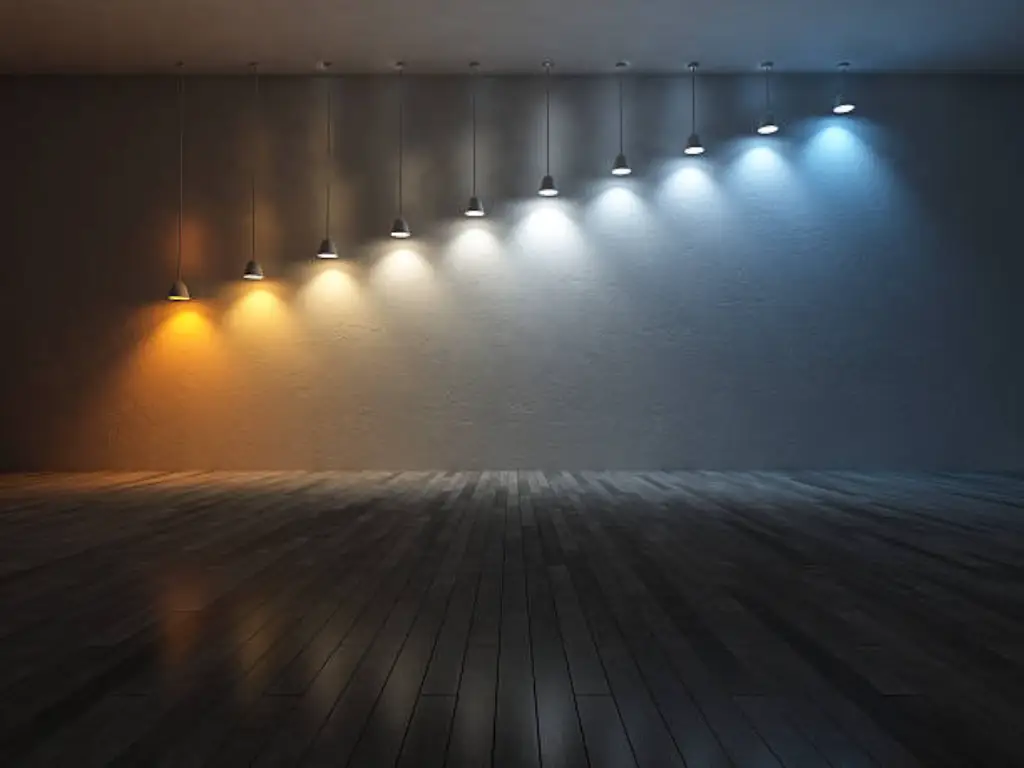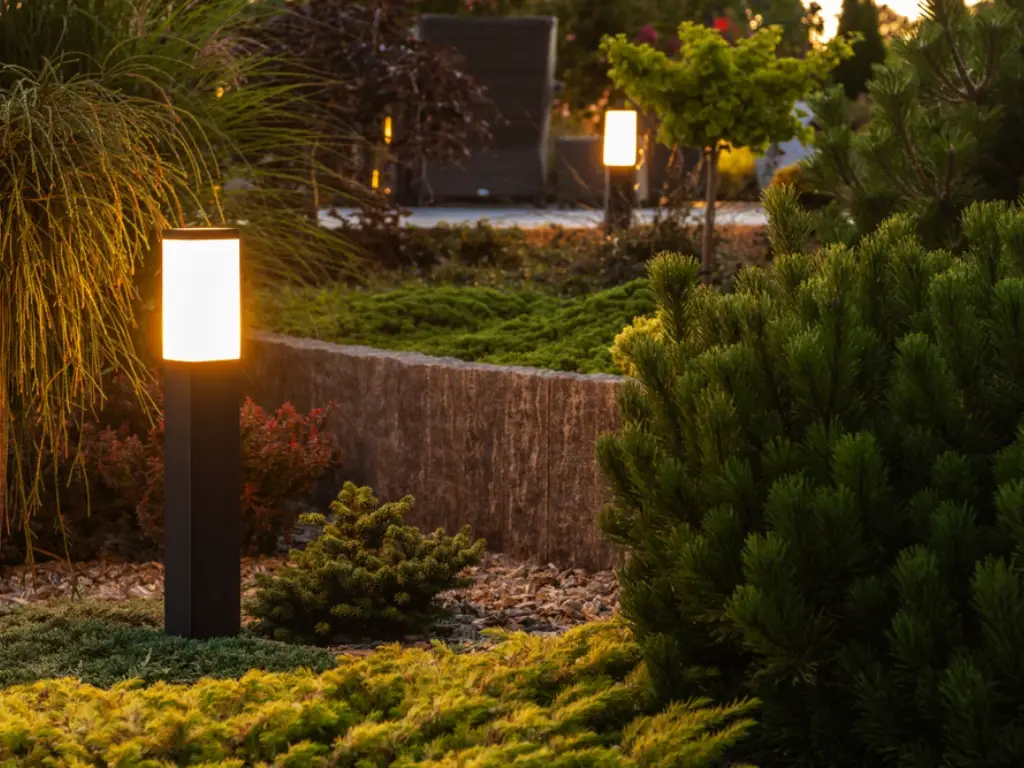Introduction: What is an LED?
LED is and light emitting diode which has evolved over the years as a new semiconductor device that has signi icantly improved the overall lighting technologies of today modern world. To comprehend the essential features that forms the technology of the LED, one needs to start with how the device works, and that`s the pn junction. By applying the flow of power through this junction in the forward bias direction, photons are emitted, which in turn allows the generation of visible light using a process known as electroluminescence.
Since the first LEDs were created in the 1960s, there has been a significant advancement in LED technology. Today `s LED technology encompasses the domain of semiconductor physics, which allows for accurate management of the light intensity and energy use. The basic construction of an LED includes several layers of different semiconductor materials whose basic function is to improve the efficiency of light emission. Moreover, this LED tutorial would be lacking if it didn’t mention that modern LEDs can be powered by a voltage range of 2-4 LEDs, which makes them highly useful in so many ways.
Key Physical Characteristics of LEDs
Size and Form Factor
One of the most distinctive characteristics of LED diode is its compact size and versatility in form factor. Today’s LED comes in many different shapes and sizes but their sizes still range from small SMD LEDs used in mobile phones to larger high power modules built for street light systems. So, the physical profiled specifications of the LED dictates that there is a reasonable design and application flexibility.
The expansion of LED technology has made it possible for suppliers to create special packages of varying sizes and types, which can be then used to produce unique types of light that are not possible with conventional light bulbs. As the U.S. Department of Energy estimates, the miniaturization of LED technology has resulted in a 75% cut back in lighting fixture sizes as compared to conventional lighting fixtures.
Durability and Robustness
Durability along with physical shock resistance is present within LED features. They are also quite a step up from regular incandescent or fluorescent bulbs as they do not possess fragile glass components or a filament. Furthermore, solid components that are embedded within the LED construction are industrially robust, allowing them to sustain a fair amount of impact and vibration.
• Maximum shock resistance up to 100G acceleration
• Operable in the range of temperatures of -40°C upto 85°C
• Free from any sort of harmful components including Mercury
• Highly resistant to frequent changes in cycles
Directional Light Output
LED defines a directional light output that is capable of being built in as a notable feature. In contrast to standard tungsten light bulbs or incandescent bulbs, with the help of LEDs, a reflector or diffuser is not needed as the output is directional unlike the previously mentioned ones that dispersed light in every direction; instead, directional lights are meant for task lighting in a certain specific area, meaning only certain applications require output.
With the help of advanced optical elements and heat sink design, manufacturers can enhance the light output pattern owing to their investment in semiconductor design. As a result of these distinguishing features, light waste is greatly decreased and the efficiency of the entire system improves.
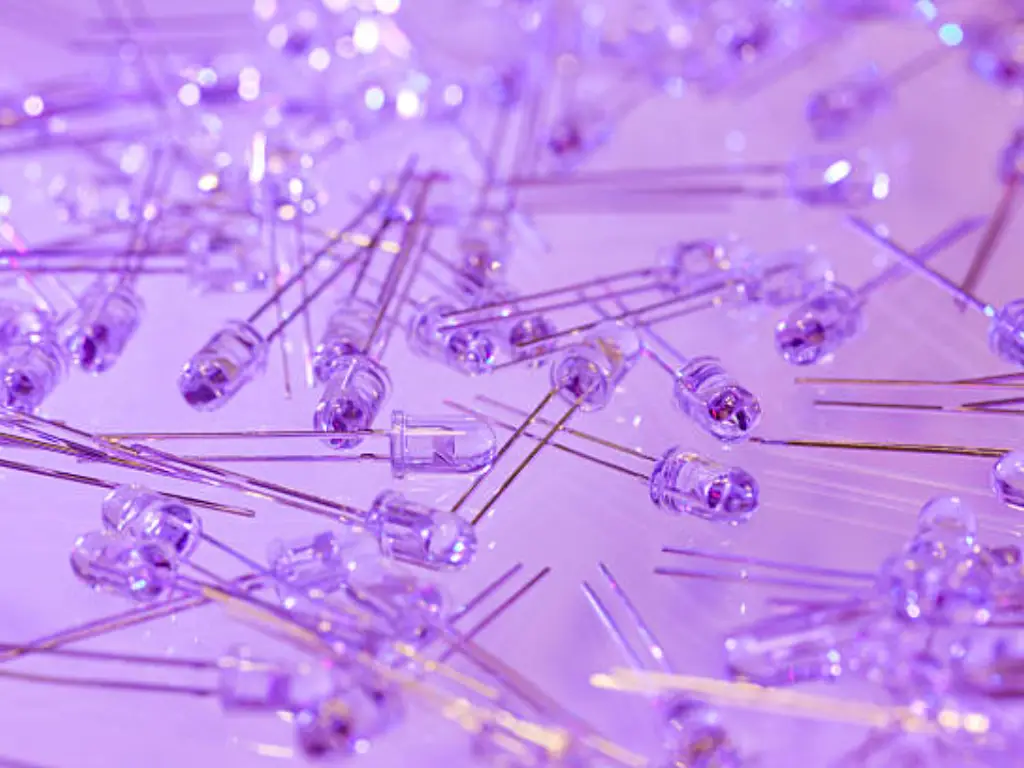
Electrical Characteristics of LEDs
The function and application of LED technology is most influenced by its electrical characteristics. One must have voltage and current parameters as an LED requisite for its proper application. With color and type addition, there can be some variations but generally, LEDs work at a voltage range of 2 to 4 volts with forward direction being the most used. The design of the LED has a fundamental feature which is the use of forward voltage.
When specifying the LED, the most essential aspects include the relationship between the forward current and the voltage drop across the LED. The ordinary light bulb works by being plugged directly into the mains but an LED is a current device and needs a stable electric current to work. Current limiting resistors may be placed into simple LED circuit designs or other types of solutions power supply circuits to make the process easier. More complex circuits commonly include a zener diode which will reduce the reverse direction current to adequately meet the voltage requirements in the LED.
Optical Characteristics of LEDs
Light Emission Spectrum and Color Variability
IV characteristics of LED technology are such that they provide unprecedented control on the light emission spectrum. By tweaking the semiconductor materials, manufacturers are able to make LEDs that emit light in all the visible different colors. Here’s how LEDs get to be fabulously colorful:
Basic Color Synthesis:
• Red – 620 – 645nm wavelength
• Green – 520 – 550nm wavelength
• Blue – 460 – 475nm wavelength
• Amber – 590 – 600nm wavelength
White Light Generation Methods:
Phosphor Conversion:
• Blue LED + Yellow phosphor material
• Warm to Cool white light
• Common in general use lighting
RGB Mixing:
• Blue/ Green / Red LEDs
• More variety of colors
• For display and entertainment lighting
Such color versatility in production is one of the major features of LED technology. According to the research conducted in the industry today, LEDs are capable of a color rendering index (CRI) higher than 90, which is a few degrees below clear natural sunshine quality.
Advanced color control technologies have recently become easily available to buyers and users and Wosen, one of the phenomenal manufacturers, is capitalizing on these sorts of technologies when developing its led products. Our LED RGB Ceiling Lights come to this new set of possibilities and features the manipulation of a wide range of colours. These fittings translate millions of colour possibilities into numerous brightness and colour mixing, allowing LED colour mixing technology to be put to good use within modern lighting systems.
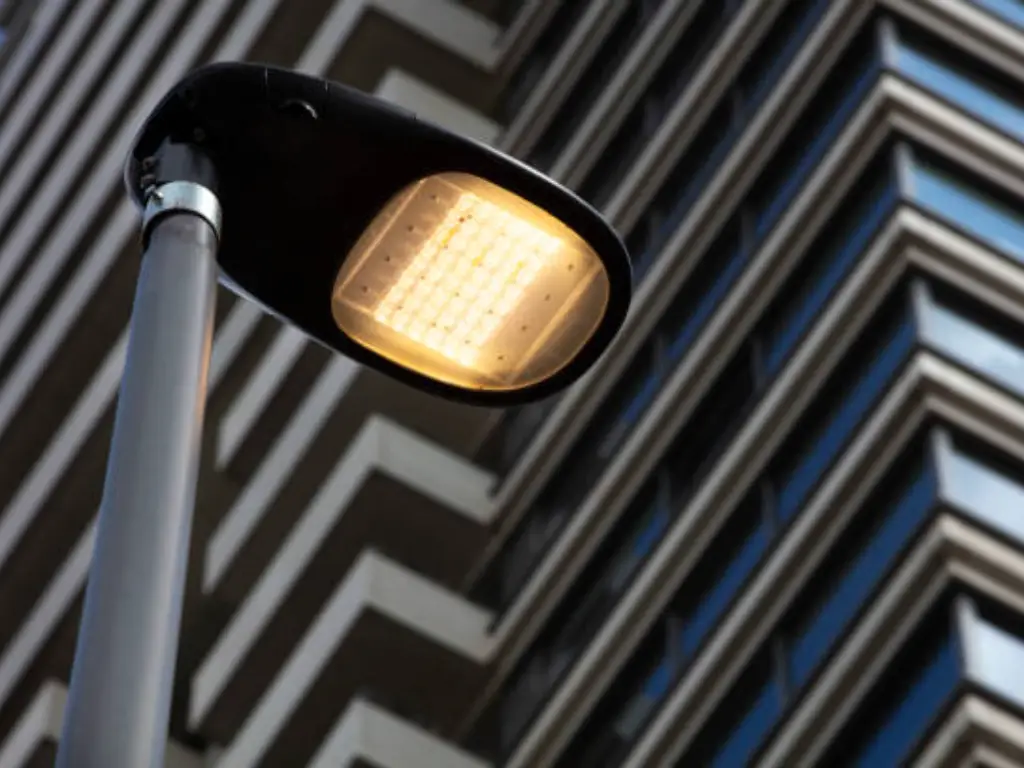
Luminous Efficacy and Brightness Levels
The characteristics of LED diode technology include remarkable improvements in luminous efficacy. The latest generation of LEDs is extremely effective in the transformation of electrical energy into visible light while producing virtually no infrared radiation or UV light as waste.
| Metric | Value for Modern LEDs | Industry Standard (2010) |
| Efficacy | 150+ lumens/watt | 60-70 lumens/watt |
| Lifespan | 50,000+ hours | 25,000 hours |
| Power Usage | 12-15 watts | 18-25 watts |
| Lumen Depreciation | <30% over life | >50% over life |
How Are LEDs Compared to Traditional Lighting Technologies?
LEDs vs. Incandescent Bulbs
The traits of LED lights stand out even more in contrast with incandescent lights in particular. Incandescent bulbs work in a way in which the filament of the bulb or the wire in the bulb is heated to the point where the emitter glows, whereas an LED uses specific settings of current and voltage to induce much more efficient function.
The studies from the US’s Department of Energy suggest that LEDs consume up to 75 percent less power when compared to incandescent light but last far longer.
The low power consumption of LED technology is one of its most remarkable aspects. In contrast to incandescent lights, which waste around 90 percent of their input energy as heat, LEDs primarily utilize their input power to produce light. Driven separately, these better designs and cooling elements translate into low energy consumption and cooling requirements.
LEDs vs. Fluorescent Lamps
Unlike other forms of lighting, especially fluorescent lamps, which contain some toxic materials, especially mercury and therefore require special management at the end of their life span, LEDs emerge as a better alternative as they generate much less waste. Most tubes come with simple LEDs integrated into their circuits, which in turn require no added need for ballasts and other such components; this simplifies the installation and maintenance processes.
Fluorescent And LED Lamps – Which One Gets You More Efficiently?
Energy advantages of LEDs over fluorescent light:
• There is no delay in illumination as they can light up to their full capacity as soon as they are turned on
• Facilitates easy disposal as they do not contain mercury
• Ranges that exceed 50 degrees Celsius are ideal for these devices as they operate best in the cold
• Resilient in the face of breakage and punishment
• Using pulse-width modulation allows for greater control
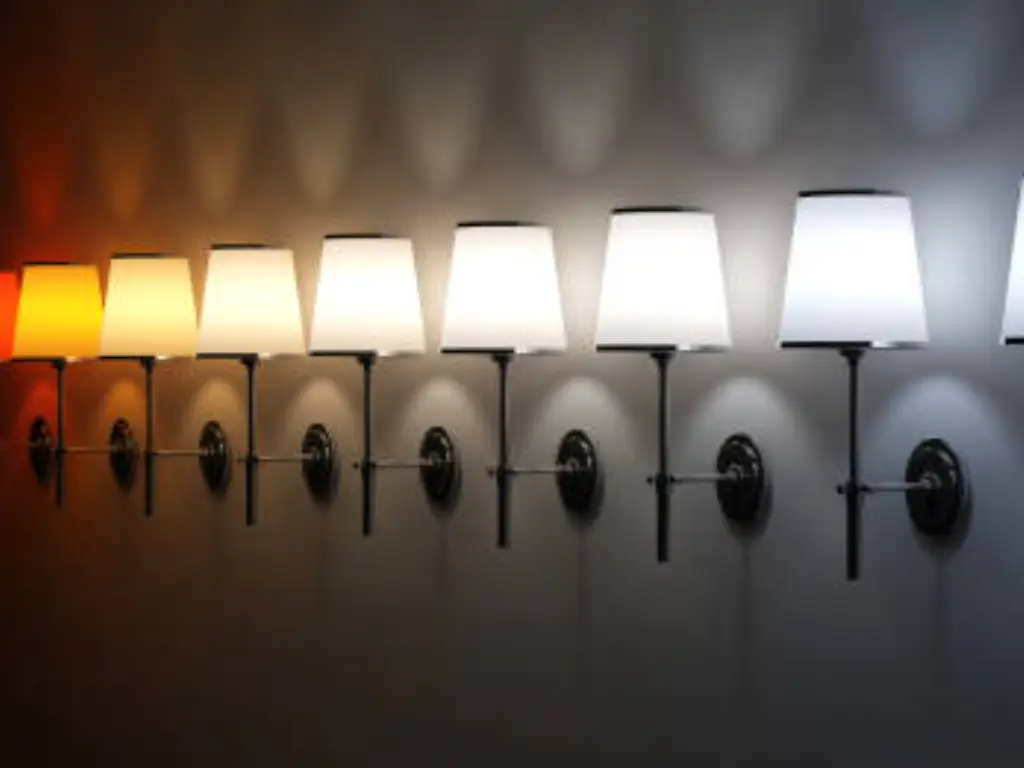
Customization and Aesthetic Aspects of LED Lighting
Color Temperature Options
The use of LEDs is also informed by an unparalleled control of color temperature, say from warm white to cool daylight. The current LED theory has enabled manufacturers to make white LED products of almost any range of desirable color temperature, from warm comfortable homes to bright çalışma spaces. These modern technologies made it possible to design and produce suitable LEDs across the spectrum for practically every need and activity.
Additionally, LEDs are available today in various forms, such as strip lights, and these allow for even color mixing and color temperature blending to provide better lighting solutions for various purposes. Dimming lights according to the desired effect is made easily possible along with color adjustments to a much greater degree.
Dimmability and Control Features
Some of the technological advancements in led lights come with the ability to control the brightness level or temperature as one prefers. While other bulbs have to use dimmers, LEDs can be dimmed using various methods including pulse width modulation and this method does provide an effective uniform change in color throughout the dim range. And this is none other than the LED diode combination in driving form which allows adjusting the light proportion.
When it comes to custom LED solutions, Wosen LED is able to offer one stop bespoke LED lighting services for businesses. A business may have different applications for its lighting solutions, and thus an application may have an entirely enough set of specifications which is the reason why we are able to offer many options. Our LED offerings include various sizes and a fine-tunable adjustable colour temperature range from warm white (2700K) to daylight (6500K +), along with a wide range of luminous output rating suited for decorative, general and high-bright light applications. For those applications which need accurate color reproduction, specifications with a CRI of >70, 80 and >90 are available. We also have RGB capabilities for our lights as well, which allow for the color and effects to be altered.
Conclusion
The various characteristics LED technology possess makes it easy to understand why these devices are the future for lighting devices. Starting from a fundamental design of a pn junction diode, LEDs have all lighting control features and the performance for each of the metric is exceptional. The technology combines a high thermal efficiency, long life, good light output versatility and remote controls that ensure further development of the lighting technology.
The formidable texture, exceptional visual quality, and unparalleled personalization of LED light sources make cutting edge lighting technology. Through research & technology enhancement further improvement in LEDs to bolster their application in future lighting holistically.
